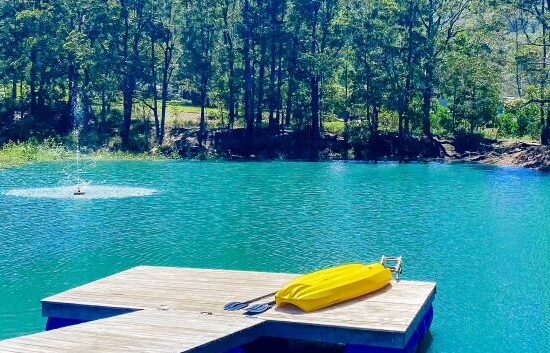
Is Orange Oil an Effective Treatment for Algae?
Q. We have been recommended your Orange Oil product for algae growing in our dam – can you provide more information on how we use it and if it is the best product for our issues?
ANSWER
Orange Oil is mistakenly believed to be a viable solution for managing algae in aquatic environments, but it does not have the desired impact. Anecdotal evidence suggests that it is ineffective at killing algal cells. The primary action of Orange Oil is on specific-free floating plants, affecting their tiny hairs and altering the surface tension of the water. This process causes these plants, such as Azolla, Duckweed, and Salvinia, to lose buoyancy and subequently sink. However, this treatment does not extend to algae, which can freely move throughout the water column. Sinking algae does not eliminate them, particularly during warmer weather when blooms tend to thrive.
For a more effective approach to algae control, especially after a bloom has occurred, manual removal remains one of the best initial methods. Using a skimmer or net, you can physically extract filamentous algae from the water body. Once you’ve removed the bulk of the algae, introducing beneficial bacteria on a bi-weekly basis throughout the summer can help stop future growth. These bacteria will work to consume excess nutrients – primarily nitrogen and phosphorus – that typically fuel algal blooms. Additionally, using products like Aquatic Blue can effectively limit UV penetration, which slows down photosynthesis in both the water column and the algal cells themselves. This treatment typically requires reapplication every six months to maintain its effectiveness.
In contrast, if you want to combat algae effectively, consider using a targeted algaecide like Coptrol, which is formulated specifically for algae treatment. While Orange Oil is for treating certain free-floating plants, for algae, more specific and effective methods should be used. It’s also valuable to assess the characteristics of your water body, such as the maximum depth of your dam, as this can influence the approach you take. In cases of terrestrial plants, herbicide or manual extraction can be effective alternatives for removal.




